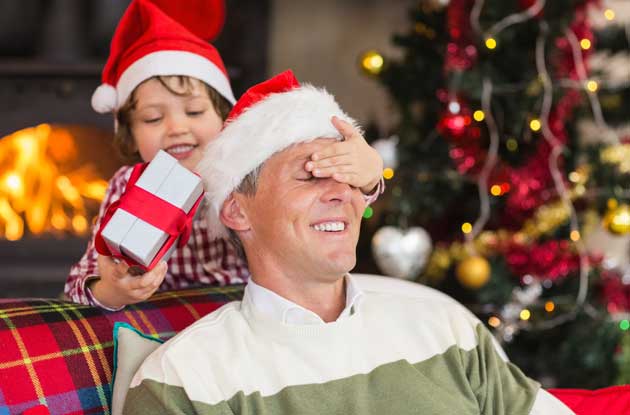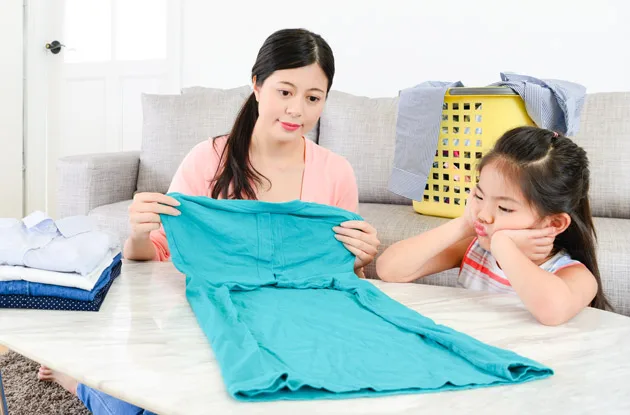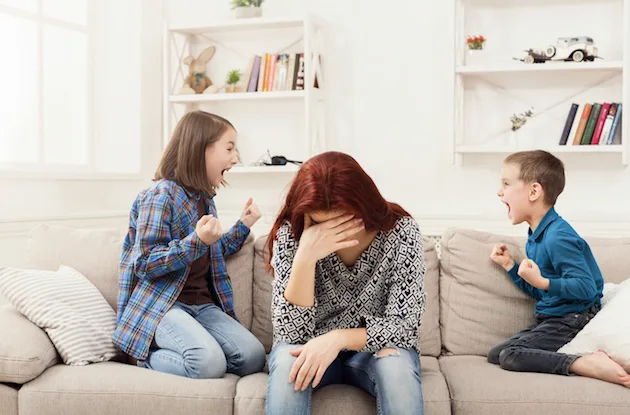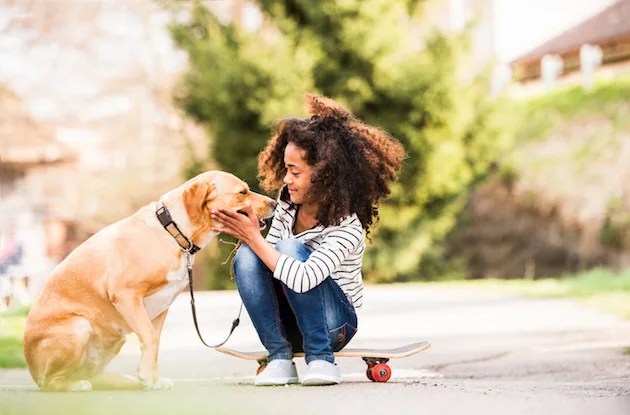First-time expectant parents go through a rite of passage when it comes to buying things for their babies. They enter a huge baby-only store, such as Babies-R-Us, and find themselves staring wide-eyed at hundreds of baby-only products on display. It can be dizzying!
It is estimated that between pregnancy and the end of baby’s first year, U.S. parents and parents-to-be average between $9,000 and $12,000 (and sometimes more) equipping, diapering, dressing and feeding their precious offspring. Sales for the baby-product industry — including diapers, toys and baby bath and cosmetic supplies —exceed $14 billion annually.
Shopping while nest building can throw a monkey wrench into a couple’s budget. The biggest task they face is ferreting out what they and their babies really need, rather than reaching for things that are simply cute and whimsical but not essential. Second-time parents are savvier about what’s needed and what can be left in the store.
To help novice parents, here are 10 baby must-haves:
1. Car seat. A rear-facing infant-only seat will serve most babies for the first nine months or so of life. A convertible seat will face rearward for babies up to one year of age (or longer), and turn around to face forward for tots for several more years of use.
2. Crib. Rather than a convertible crib that morphs into a toddler bed, loveseat and double bed frame, choose a simple crib model with one lowering side and a mattress support that can be lowered as baby grows.
3. Mattress. Whether innerspring or foam, firmness is the most important quality. The advantage of foam mattresses is that they are lighter weight, which makes sheet changing easier.
4. Baby bedding. Stock up on three or more fitted sheets, several mattress pads, plus two top sheets and crib-size blankets. Launder everything in advance with fragrance-free detergent to remove perfumes, sizing or other chemicals that could irritate baby’s skin or nose.
5. Diapers. The choice is between disposables and fabric reusables. While disposables cost more over the long haul, a supply of reusables is a bigger upfront investment. If you’re going the disposable route, have several packages on hand in the newborn size. Or, choose a dozen reusables with moisture-resistant outer pants that can expand as your baby grows.
6. Diapering equipment. A diaper-changing pad that fastens to the top of a chest or a dedicated changing table will simplify the 2,000 diaper changes parents face in the future. You’ll also need an odor-resistant diaper pail for disposables, or a roomy pail for storing soiled fabric diapers until washday. Both types need a toddler-proof, locking lid.
7. Baby clothes. Newborns quickly outgrow tiny baby clothes, so buy just a few basics in that size. Include four or five tiny T-shirts with large neck openings, since babies hate having clothes pulled over their heads, and three or four long nightgowns with front snaps and elasticized skirts that make diapering easier at night. Other clothing items should be one or two sizes larger.
8. Baby bottles. Four small, four-ounce bottles with nipples are useful whether the baby will be bottle-fed or breastfed. Look for bottles that have a statement on their packaging that they are free of bisphenol-A and phthalates – chemicals used in plastic processing that are suspected of being unhealthy for babies.
9. Bathing supplies. Baby won’t need a bath until her umbilical cord falls off, which may take weeks. Mild baby soap and shampoo will be needed, but skin lotions won’t. Extra-soft towels are useful, and a small baby bathtub may make bathing easier.
10. Useful extras. These purchases don’t fall into the “necessity” category, but could be considered comfort items: a miniature crib or bassinet for keeping baby by your side during the early months; a neutral-colored diaper bag that both Mom and Dad can use; a box of baby wipes and a wipe warmer; a soft front carrier that straps on parents’ shoulders for carrying and soothing the baby.
The most important thing to remember when shopping for your baby is that the stores will still be open after your baby arrives. So don’t feel pressured to have everything on board before you go to the hospital.
SANDY JONES and her daughter, MARCIE JONES, have co-authored a series of books over the past five years. Their newest, Great Expectations Best Baby Gear (Sterling Publishing, $14.95), is available this month. Other shared titles are Great Expectations: Your Baby’s First Year (Sterling Publishing, 2007), Great Expectations Pregnancy Journal & Organizer(Sterling Publishing, 2005), and Great Expectations: Your All-in-One Resource for Pregnancy & Childbirth(Sterling Publishing, 2004).





















